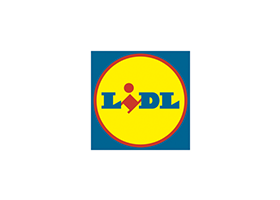
Lidl
Retail trade
Business service and system monitoring based on Nagios
Smooth and high-performance operation of your business IT requires continuous functional monitoring of your system landscape. As modern IT environments grow increasingly complex, the demands placed on IT monitoring systems continue to rise. ConSol supports you and your IT department with high-end consulting—from initial design and implementation through to the efficient operation of your globally distributed monitoring platforms.
In the open-source monitoring ecosystem around Nagios, Naemon, Icinga, OMD, Thruk, Prometheus, and Grafana, ConSol has been a well-established name for many years. ConSol employees actively contribute to the ongoing development of these open-source projects. Whether you are an SME or a large enterprise, we support you with proven best practices tailored to your needs—from workshops through to the operation or hosting of your customized monitoring system.

Retail trade
Business service and system monitoring based on Nagios
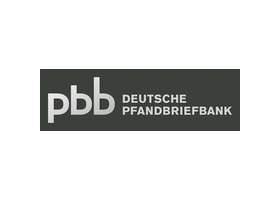
Industry: Finance
End-to-End Application Monitoring
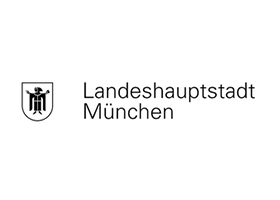
Public Administration
Open Source Monitoring with OMD
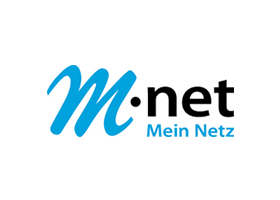
Telecommunications
Future-proof IT monitoring on Nagios basis
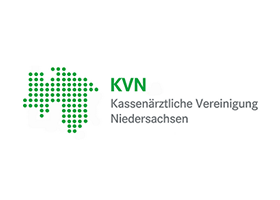
Public Administration
Complete IT monitoring of the server landscape

OMD is a comprehensive open-source monitoring solution that bundles the Nagios, Naemon, and Icinga cores together with their most useful add-ons into a well-coordinated, complete package “out of the box.” Thanks to its site concept, multiple fully functional installations can be run on a single server. With OMD, the effort required to update a complete Nagios installation is minimal. ConSol employees Sven Nierlein and Gerhard Laußer have been members of the OMD developer team at omdistro.org since the very beginning. At ConSol, we rely on the OMD Labs Edition, which extends OMD with cloud technologies such as Prometheus, Grafana, and VictoriaMetrics, providing a powerful foundation for mixed installations.

The ConSol-developed module Mod-Gearman enables the distributed execution of several thousand checks and event handlers per minute. These are no longer executed “traditionally” by Nagios itself, but instead run as “jobs” by so-called “workers,” which can be deployed at different locations worldwide. The results are then transmitted back to Nagios in encrypted form.

Thruk is a modern web interface for Nagios that is also compatible with Icinga and Icinga 2. It was developed by Sven Nierlein of ConSol because the classic Nagios web interface had seen little further development for several years and no longer met the requirements of modern open-source monitoring. Thruk makes life easier for monitoring administrators by offering a wealth of additional features and helpful tools, such as meaningful dashboards. Thruk can connect hundreds of distributed and autonomous monitoring instances as so-called backends, thereby acting as a company-wide command center that consolidates all information while simultaneously enabling the execution of commands on remote systems.

SNClient is a modern monitoring agent for Windows and Unix systems developed by Sven Nierlein. Its focus is on lean, maintainable code to enable rapid extensions and avoid security vulnerabilities, while adopting familiar features from the well-established NSClient++. Migration from NSClient++ to SNClient is seamless, without requiring any changes to existing configuration files. SNClient is available as a unified agent for both Windows and Linux. A particular highlight is the integration of Mod-Gearman, which enables a continuous flow of check jobs and results via a queue and significantly reduces the load on the monitoring servers. SNClient also includes node_exporter and windows_exporter, making it an excellent choice as an agent within a Prometheus ecosystem.

The Coshsh framework by Gerhard Laußer automatically generates configuration files for common IT monitoring systems such as Nagios, Icinga, Prometheus, and various exporters. The required information about servers and applications, as well as their contacts and dependencies, is read from arbitrary enterprise data sources and converted into host, service, and contact definitions. The advantage is that inventory data only needs to be maintained by the server and application owners.

The IT monitoring newcomer Prometheus is already the de facto standard for monitoring Kubernetes and OpenShift environments. However, Prometheus also demonstrates its strengths in monitoring network devices, for example. To enable particularly detailed monitoring of applications and systems, the tool collects metrics at very short intervals and evaluates them using rule-based logic. This makes it possible, among other things, to design complex alerting scenarios.
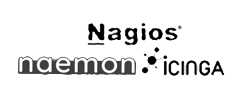
The classic Nagios and its successors Naemon and Icinga 2 form the core of open-source–based IT monitoring. All three have been in use for many years and have proven themselves in both smaller projects and globally distributed IT monitoring landscapes.

Both Naemon metrics and Prometheus metrics are stored in VictoriaMetrics, which is optimized for high performance and low storage requirements. Visualizations and dashboards can be created as usual using Grafana, allowing even very large data sets to be presented clearly. ConSol operates VictoriaMetrics installations in large enterprises at the petabyte scale and therefore has extensive hands-on experience with extremely large volumes of data.

Ansible has become indispensable in the architecture of complex system landscapes. The automation tool helps orchestrate servers and many other devices. With its help, desired system states can be defined easily and in a reusable way. At ConSol, we use Ansible specifically to efficiently set up, configure, and continuously maintain monitoring environments.

Grafana has quickly become the most popular tool for displaying graphs and dashboards. It can be connected to a wide variety of data sources, including Prometheus, InfluxDB, Thruk, and VictoriaMetrics, as well as classic databases such as MySQL or Microsoft SQL Server. Grafana not only helps visualize collected metrics, but also supports a deeper understanding of them. This makes it indispensable in heterogeneous IT monitoring environments.

For the four most widely used databases—Oracle, MySQL, DB2, and Microsoft SQL Server—ConSol has developed Nagios plugins. In addition, there are dedicated plugins for the entire networking domain, SAP, storage systems, data center infrastructure, and uninterruptible power supplies (UPS). All plugins are state of the art and enable consistent, open-source–based IT monitoring across heterogeneous system landscapes.
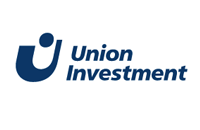


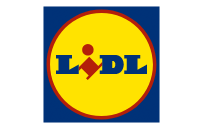

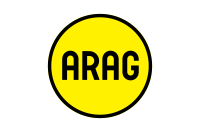


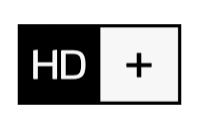
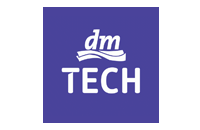

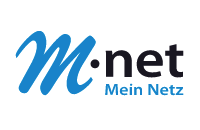
More than
200 customers
trust ConSol
for their
IT & Software

Let's talk!
Judith Bato